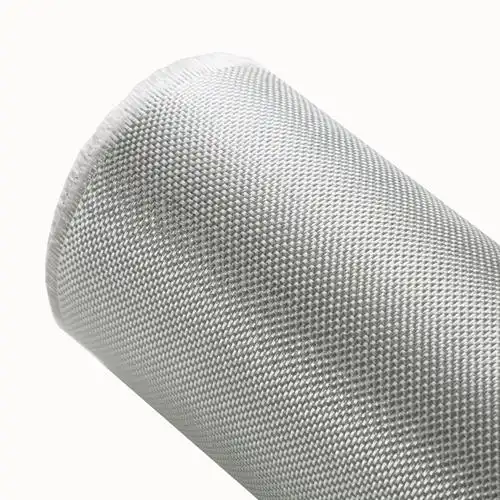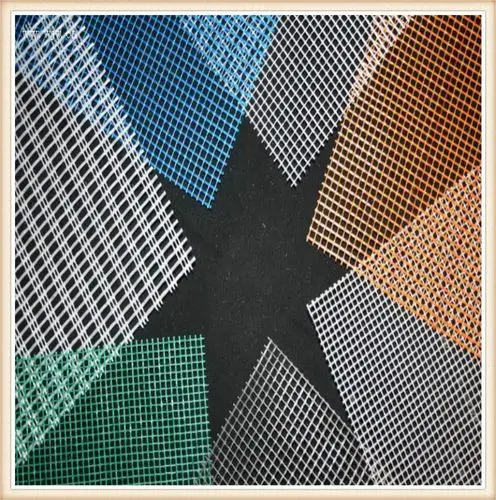Fiberglass mesh is renowned for its lightweight nature, which makes it easy to handle, transport, and install compared to traditional reinforcement materials like steel mesh or wire lath. Below is a detailed breakdown of its lightweight characteristics and benefits.

Why is Fiberglass Mesh Lightweight?
Fiberglass mesh is made from fine glass fibers woven into a grid pattern and coated with protective materials (e.g., alkali-resistant coatings for construction use). The key factors contributing to its lightweight properties include:
- Low-Density Material
- Glass fibers are inherently lightweight, much lighter than metals like steel.
- The open-weave structure reduces material usage while maintaining strength.
- Thin yet Strong Construction
- Fiberglass mesh is typically thin (0.2–1.0 mm thick) but maintains high tensile strength.
- Unlike heavy wire mesh, it does not require thick strands for reinforcement.
- Minimal Coating Weight
- Even when coated with polymers or alkali-resistant compounds, the added weight is negligible.
Benefits of Lightweight Fiberglass Mesh
1. Easy Handling & Installation
- Can be cut with scissors or utility knives, unlike metal mesh that requires heavy-duty tools.
- Light enough to be carried in rolls, reducing labor fatigue.
- Simplifies application on walls, ceilings, and floors without additional support.
2. Reduced Structural Load
- Ideal for lightweight construction systems (e.g., EIFS, drywall, thin-set tile installations).
- Does not add significant weight to structures, unlike steel reinforcements.
3. Lower Transportation Costs
- Rolls of fiberglass mesh are compact and lightweight, reducing shipping expenses.
- More material can be transported per load compared to metal alternatives.
4. Versatility in Applications
- Can be used in overhead applications (ceilings, soffits) without sagging or requiring extra bracing.
- Suitable for DIY projects due to its easy maneuverability.

